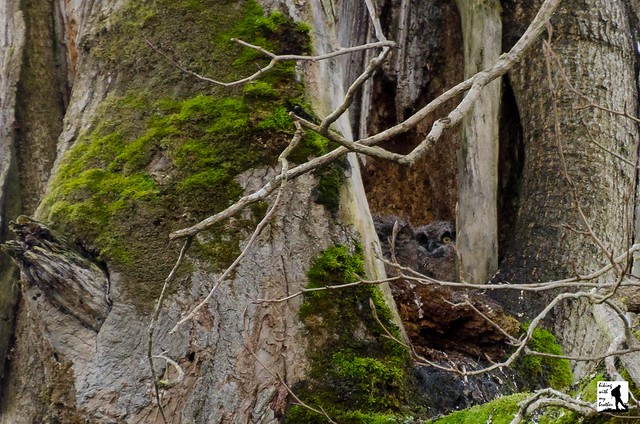Total Ascent: 0ft
Highest Point: Sea Level
Total Distance: 4.0 miles
Location: N 47° 4.3433, W 122° 42.8216
Required Permit: Day Pass or National Park Pass
Difficulty: Easy
 A few weeks ago we found some time to head down to Nisqually National Wildlife Refuge to do a little winter wandering. While more of a walk than a hike, there are miles of trails to explore in the Refuge and we hoped for enough nice weather to catch a glimpse of some wildlife. While the weather didn’t hold, we did find more than enough to fill an afternoon of off-season hiking.
A few weeks ago we found some time to head down to Nisqually National Wildlife Refuge to do a little winter wandering. While more of a walk than a hike, there are miles of trails to explore in the Refuge and we hoped for enough nice weather to catch a glimpse of some wildlife. While the weather didn’t hold, we did find more than enough to fill an afternoon of off-season hiking.Long before it was a refuge, wildlife flocked to the Nisqually Basin and, as a result, the Nisqually Tribe were able to live off the land for generations. Then, in 1833, the Hudson Bay Company established a trading post in the Basin, which brought more Europeans to the area. By 1854 the first Indian treaty in Washington Territory was signed in the Nisqually Basin, in a grove of trees along McAllister Creek known as the “Treaty Trees.” Today, members of the Nisqually Tribe still fish for salmon under the terms of that treaty.
 Over the years, homesteaders made various attempts to drain marshes and estuaries and build small dams to hold back the tide. Traces of these early efforts can still be seen in the Basin’s mudflats. Then, in 1904, a lawyer-turned-farmer named Alson Brown bought up 2,350 acres of the Basin and began working to transform large sections of the Basin. It was Brown that built the large dike to keep back the sea - portions of that dike are still a prominent feature of the Refuge. Brown also used the latest in farming techniques and equipment to create a self-sufficient farm, which became a model for farms seeking to produce more than a single product. With the advent of World War I, Brown's fortunes took a turn for the worse, and he lost the farm to creditors. After changing hands a number of times, the land was eventually sold to the federal government and in 1974 the Nisqually National Wildlife Refuge was established to protect migratory birds and this sensitive habitat.
Over the years, homesteaders made various attempts to drain marshes and estuaries and build small dams to hold back the tide. Traces of these early efforts can still be seen in the Basin’s mudflats. Then, in 1904, a lawyer-turned-farmer named Alson Brown bought up 2,350 acres of the Basin and began working to transform large sections of the Basin. It was Brown that built the large dike to keep back the sea - portions of that dike are still a prominent feature of the Refuge. Brown also used the latest in farming techniques and equipment to create a self-sufficient farm, which became a model for farms seeking to produce more than a single product. With the advent of World War I, Brown's fortunes took a turn for the worse, and he lost the farm to creditors. After changing hands a number of times, the land was eventually sold to the federal government and in 1974 the Nisqually National Wildlife Refuge was established to protect migratory birds and this sensitive habitat. From the parking area, the Twin Barns Loop Trail branches off in one of two directions each path eventually leading out to a pair of barns left over from the area’s farming past. Stroll along boardwalks and wide graveled paths out to a number of observation platforms overlooking marshy ponds and wetlands. The Twin Barns Loop links up with the Nisqually Estuary Trail which cuts across the Refuge and leads to a mile-long boardwalk that stretches out toward the Sound. Depending on the time of year and the tide, you can find yourself walking above a large expanse of water or muddy tidal flats -- both of which are likely to be full of any number of birds or other wildlife. Complete with viewing platforms, observation towers and wildlife viewing blinds, the Boardwalk Trail is well worth a visit.

The Nisqually National Wildlife Refuge is accessible in every season, though the very end of the Boardwalk trail is closed for a few months of the year during the winter. With trails that are almost entirely flat, this hike is easily accessible for just about everyone, while boardwalks and paved sections of trail allow for strollers or wheelchair access. At the same time, in order to protect the wildlife, no dogs are allowed in the Refuge and no jogging or biking are prohibited. Whether you’re an avid birdwatcher or just looking to get outside, the Refuge is well worth a visit.
To get there, take I-5 south to Exit 114. Take a right onto Brown Farm Road, following it under the freeway to a T-intersection. Take a right and find parking and the visitor's center in a little less than a mile. The Refuge does charge a small daily entrance fee, though a number of passes are honored. -Nathan
Print Google Directions >>



0 Comments:
Post a Comment